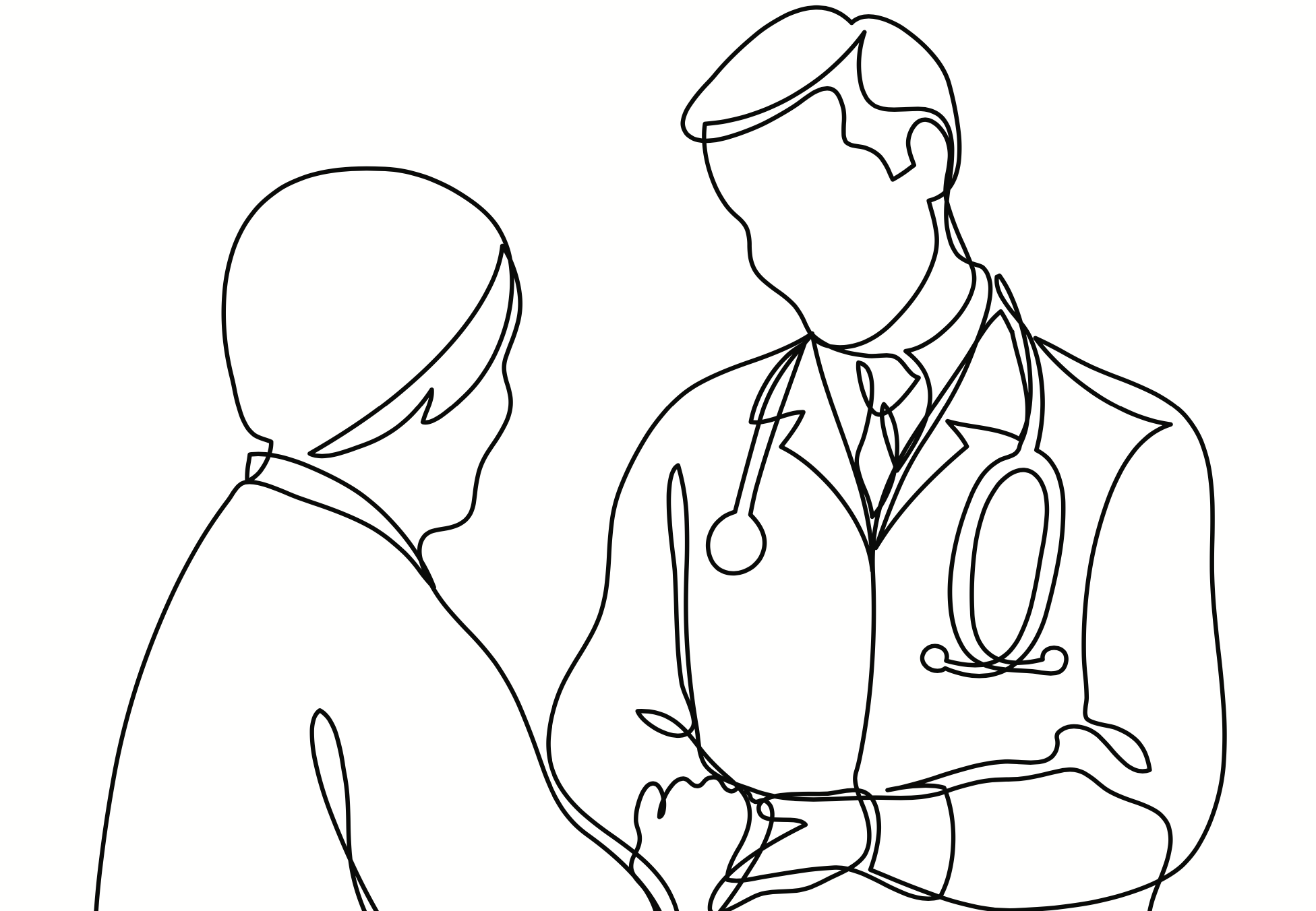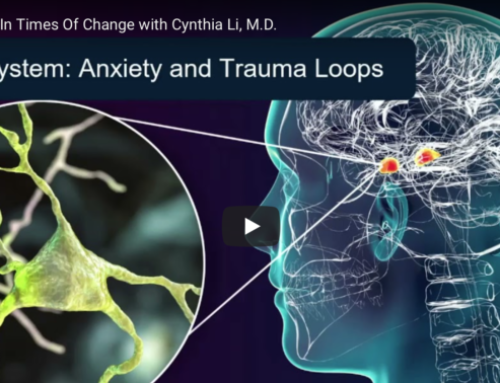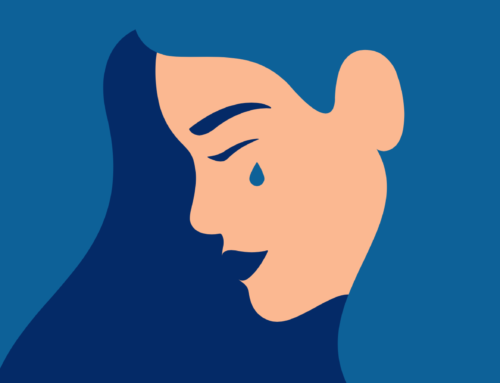| 1. How do you define healing?
Healing is a process related to but distinct from medical treatment. Arthur Kleinmann, a medical anthropologist and psychiatrist who influenced me greatly early in my educational career, articulates in his book Illness Narratives a distinction between disease and illness. A disease, he argues, is the biological process using the language and lens of biomedical science. Illness refers to the way the person experiences that disease. Though the disease may be the same — diabetes, for instance — the illness will always be experienced differently from person to person, situated in the singular body and life of the individual. For healing to take place, there must be a commitment to that singular entity — to listen to, to acknowledge, and to care for the individual who is suffering. For healing to take place, there must be a witnessing of one’s experience, and there must be an expression of and recognition of caring — the witness can be a friend, a lover, or a physician. Importantly, the witness can also be the self. When we can authentically witness and develop empathy for our own experience, through reflection, through telling, or through writing, we can bring about self-care and self-healing.
2. How does storytelling relate to healing?
Phenomenologists have described our lived experiences as moments of emotion, sensation, and memory. These experiences are not naturally ordered and are often fragmented or disconnected. Storytelling, or narrating, is a process where we can string together the experiences of our lives in a way that gives those events sequence, order, and form. And most importantly, through story, we are able to embed meaning in our lived experiences. The value of storytelling becomes particularly important for people who are going through traumatic experiences, where there may be psychological processes such as dissociation that further complicate matters, making it even harder for persons to make sense of their lived experiences. Illness, which may cause both physical as well as psychic suffering, is often experienced in ways similar to other traumas. Normal narrative structures may be upended and the opportunity to narrate one’s experience may serve as an opportunity to put back together these fragmented experiences. The opportunity to find meaning in one’s suffering may further help to heal psychic and existential injuries.
3. What inspired you to become involved in narrative medicine?
I recognized while I was in medical school that there were important things occurring in the hospital to patients, families, and to health care teams that could not be understood or described through scientific literature. Experiences of illness were understood through creative representation — through art, literature, dance, song. If we wish to attend to our patients at the highest level we must look to these forms, we must understand how these forms work, to understand what is happening in spaces of illness and healing. When I was an intern, I began to write about my experiences with patients and developed newfound clarity for my patients experiences and found a way to reflect on my own experience as a physician.
4. How is narrative medicine different from other forms of healing arts?
Narrative Medicine is very related to other forms of healing arts. It provides an opportunity to engage with creative works, to enter spaces of metaphor, to allow aesthetic pleasure, and to give voice to one’s own creative spirit and experience. We have developed it with an intent to equip health care teams with the skills needed to better receive the stories of the sick and suffering.
5. Can you share a story of the power of narrative medicine, either personal or observed in the program?
I am currently conducting a 1 year long Macy Foundation supported study of implementing narrative medicine activities into regularly occurring interdisciplinary staff meetings in primary care practices in northern Manhattan. We believe that the work of narrative medicine may have particular valence today when rates of burnout in health care teams is at an all-time high. There are structural factors at play including staffing and productivity pressures, but research shows that an important factor is a disconnection with a sense of purpose or mission.
During a session I facilitated a couple of weeks ago, after discussing a work of art I asked the participants to first think of a patient they were worried about and imagine that patient sitting in the waiting room of the clinic. I then asked each team member to imagine the internal dialogue of that person, writing from the patient’s perspective, using 1st person voice. They then shared their writing with one another and with the group. The team members wrote about people they cared about. They wrote powerfully and bravely, willing to honor and explore their affective selves. They wrote about meaning and purpose. During the discussion of that patient, a medical assistant looked down and said, “I’m worried about her.” Others in the room knew the patient as well and another medical assistant looking across the table at the writer responded, “We all are.” |






Leave A Comment